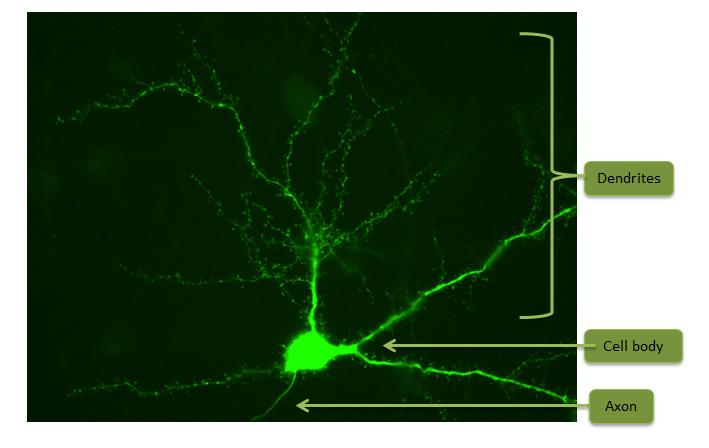How Does the Brain Develop?
In the womb, a baby’s br ain develops from neurons moving outward from early precursor cells.1 After the neurons move, they grow extensive dendrites (the input part of a neuron) and axons (the neuron’s outputs). These early stages are driven by genetic instruction.
ain develops from neurons moving outward from early precursor cells.1 After the neurons move, they grow extensive dendrites (the input part of a neuron) and axons (the neuron’s outputs). These early stages are driven by genetic instruction.
At birth, a baby has many, many more neurons than it will use as an adult (100 billion!); the baby also has more synapses2 A baby’s experiences with its parents and its social and physical environment help “prune” and selectively “sculpt” those connections that are being used, resulting in the eventual cell death of up to 50% of cortical neurons. The connections that are used become strengthened and more efficient.
Many studies have shown that providing an enriched physical or social environment at this time can subsequently improve learning and memory, encourage exploration, and decrease fearful responses to novelty. It can also reduce the impact of genetic or environmental risk factors. Cells in the brain—called gray matter—develop throughout childhood and adolescence and then decrease in number. The axonal connections—called white matter—develop into adulthood.
| References: |

